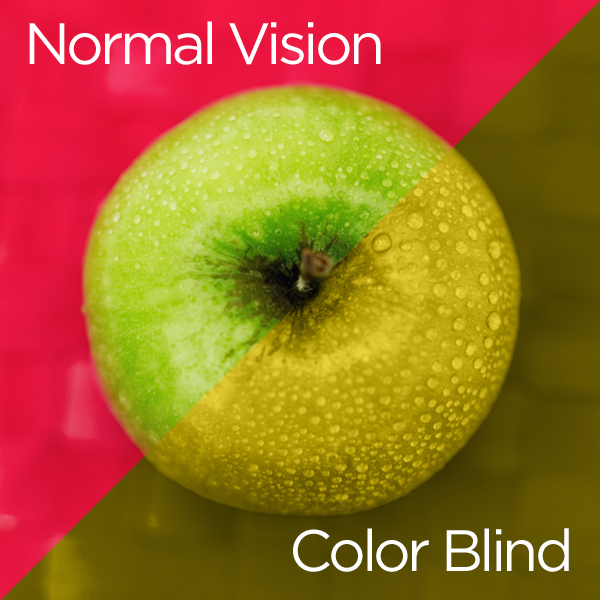Color blindness is a genetic condition associated with the eye’s inability to see red, green, blue, or a mix of those colors. Most commonly found in men, color vision problems affect about 1 in 12 men, and very few women.
Photoreceptors in the retina known as cones are what enable the eye to see full color. There are three kinds of cones in each eye and each cone has pigments sensitive to either red, green, or blue light. The pigments in these cones allow us to recognize the full spectrum of color. Color vision problems occurs when the cones lack one or more pigments. The amount of pigment missing determines whether the color appears washed out or similar to another color. The pigments lacked determine what type of color blindness you have.
Joel S. Schuman, MD, director, UPMC Vision Institute, explains the three types of color blindness.
Never Miss a Beat!
Subscribe to Our HealthBeat Newsletter!
Thank you for subscribing!
You can now select the specific newsletters you'd like to receive.
You are already subscribed.
Subscribe to more newsletters in our email preference center.
Sorry, an error occurred. Please try again later.
Get Healthy Tips Sent to Your Phone!
1. Red-green
Affecting nearly 8 percent of the population, this is the most common type of color blindness. People with this type have a difficult time distinguishing between shades of red and green. The difficulty in identifying these colors relates to how light or dark the shade appears.
2. Blue-yellow
Much rarer than red-green color blindness (1 in 10,000 individuals), people with blue-yellow color blindness have difficulty distinguishing shades of blue and yellow, confusing blue with green and yellow with violet.
3. Achromatopsia
The rarest form of color blindness, affecting approximately 1 in 33,000 people is achromatopsia. A person with achromatopsia cannot see any color – instead everything appears in shades of grey. Having achromatopsia is often associated with severe light sensitivity and poor vision.
Color blindness is diagnosed through an exam by an eye doctor. The most common and recognizable test includes images of patterns and numbers hidden amongst colored dots. Color blindness is a genetic condition that can either be inherited or acquired. In cases of inherited color blindness, an indicator is often displayed in children’s drawings. Drawing common objects in incorrect colors, such as the sky purple or the grass orange can be a sign of a color vision problem. Acquired color blindness develops later in life, usually as a result of another disease.
For more information about eye conditions or to schedule an appointment, visit the UPMC Vision Institute website or call 412-647-2200.
About UPMC Vision Institute
The UPMC Vision Institute is a national leader in the treatment of eye diseases and disorders. We seek to improve and restore your vision to help your quality of life, diagnosing and treating a wide range of conditions in both children and adults. Our treatments include both surgical and nonsurgical options. We also offer routine eye screenings and have full-scale optical shops. Find an eye expert close to you.

